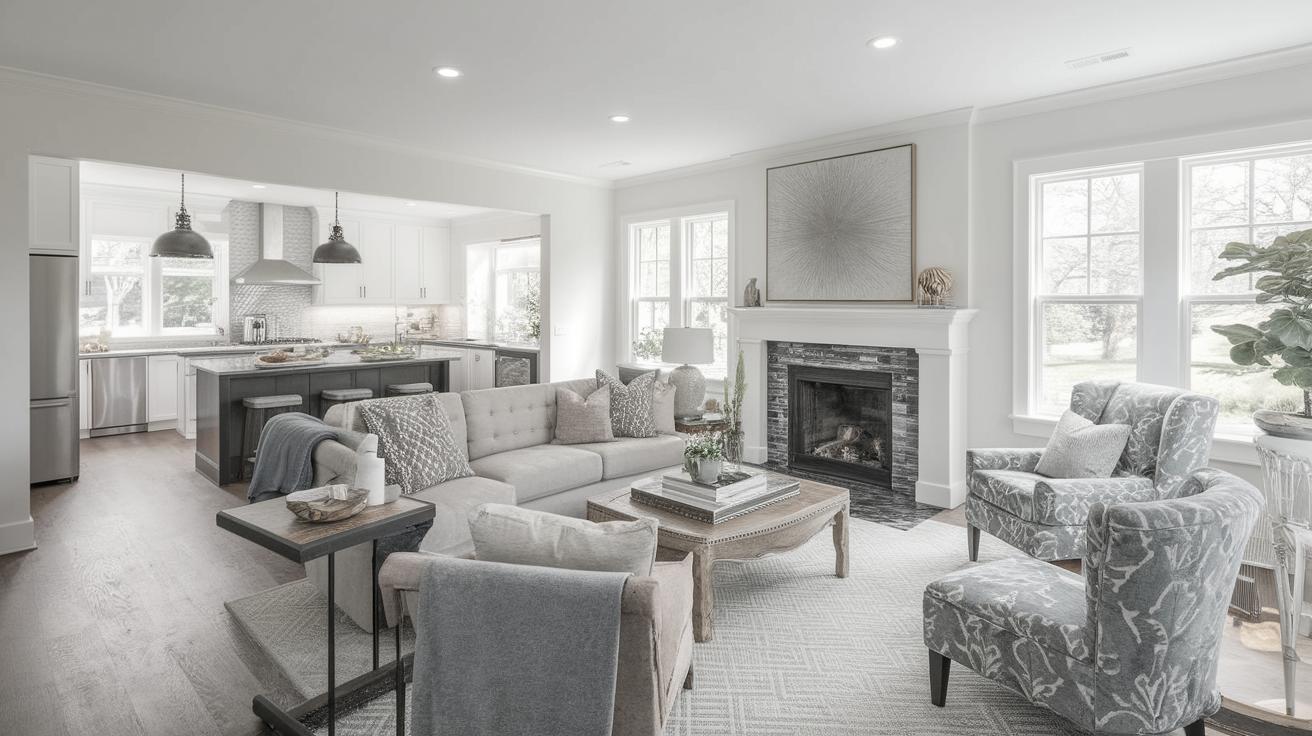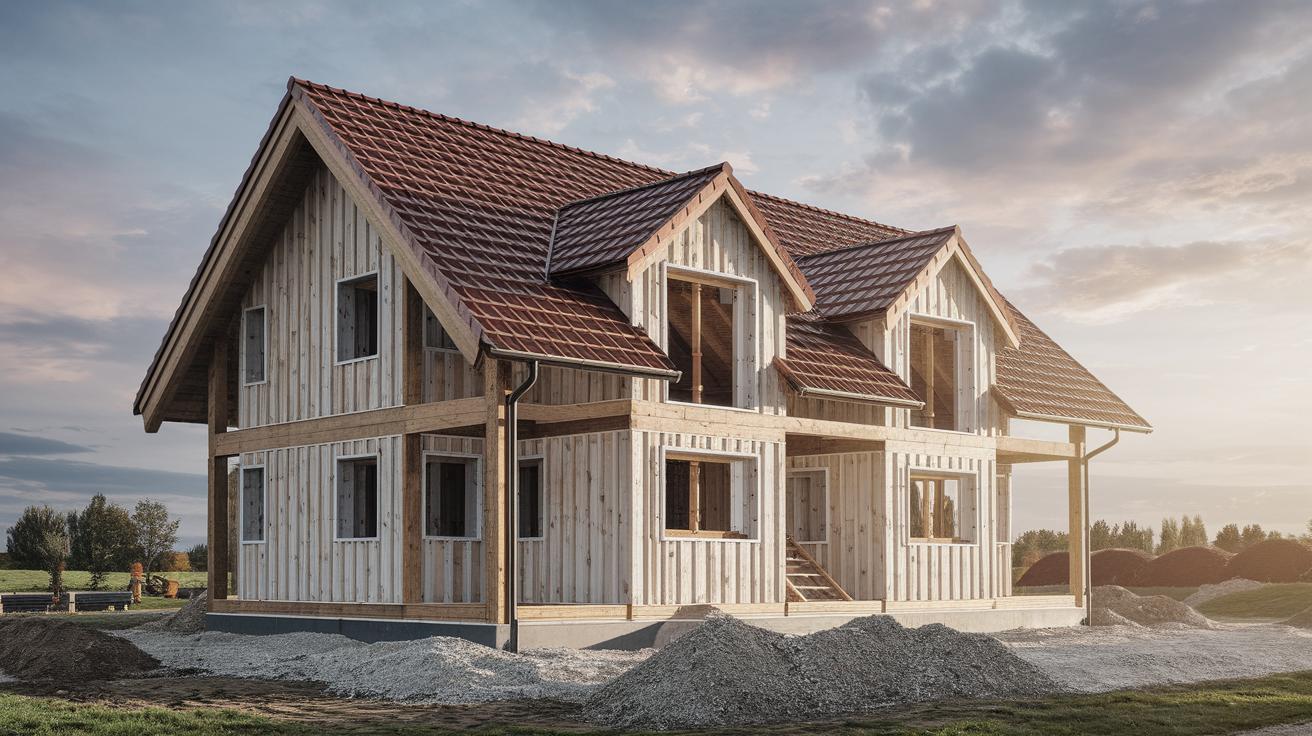Key Considerations for Home Renovation Projects
Home renovation can be an exciting and rewarding venture, offering a chance to refresh and redefine your living space according to your personal taste and lifestyle needs. However, before swinging the hammer, several key considerations should be taken into account to ensure a successful project. This post delves into the critical aspects of planning and executing a home renovation, from creating a clear wish list and defining goals to deciding whether to DIY or hire contractors. We also examine time constraints, skill levels, and budget concerns, ensuring you’re well-equipped for every step.
What do you want to change?
The initial step in any renovation project involves discerning precisely what you desire to change within your home. This reflection might focus on aesthetic upgrades like fresh paint or structural modifications like extending a room. Understanding the full scope of your desired changes can help in formulating a clear vision that guides the entire process.
Assess each room for its functionality and aesthetic appeal. Sometimes, a minor tweak such as enhanced lighting or additional storage can substantially improve a space. During this stage, consider both your personal needs and any potential market value enhancements.
Your Wish List
Once you’ve ascertained what needs changing, it’s time to jot down a comprehensive wish list. This list should be exhaustive, capturing both minor desires and major needs. Don’t attempt to edit yourself during this phase; the idea is to have a full scope view of the possibilities.
Incorporate structural changes, design elements, and new additions you’ve dreamt of. Be honest about your aspirations and use this list as a guiding tool for discussions with contractors or partners involved in the project.
Defining goals and setting priorities
With a wish list in hand, the next step is to define clear goals and set priorities. Start by categorizing each item based on necessity and budget alignment. Establishing goals allows you to focus on what’s essential in aligning the renovation with your lifestyle and financial capabilities.
For effective prioritization, evaluate the potential return on investment for each change. Upgrades that add value to the home or save on long-term costs, like energy-efficient windows, often take precedence. Remember to balance these priorities with personal comfort and satisfaction.
Developing your plans
With goals established, proceed to develop your renovation plans. Start with sketches or digital renders that capture your vision. These plans should include detailed notes on measurements, materials, and designs for each component of the renovation.
As you develop plans, consult with experts as needed to ensure feasibility. Professional insights can be invaluable in understanding structural constraints and exploring modern, efficient alternatives to your designs.
Worksheets
Creating a set of worksheets can help maintain project organization. These typically include budget trackers, timeline outlines, and to-do lists. Outline each phase of the renovation, allocating timeframes and noting any key deliverables.
Worksheets serve as your project roadmap, offering clarity on progress and adjustments. Frequently revisit and update these documents to account for any changes or unforeseen developments during the renovation.
Types of Contractors
Deciding on the right type of contractor is pivotal. General contractors oversee the entire project, providing a holistic approach and coordination among various subcontractors. Alternatively, specialist contractors focus on individual project aspects such as plumbing, electrical, or carpentry.
When choosing contractors, evaluate their experience and previous work. Opt for those with a strong reputation and expertise in areas specific to your renovation needs. It’s beneficial to obtain multiple quotes to compare pricing and timelines.
Do you have the necessary skills?
Before considering a DIY renovation, assess your skills against the project requirements. Some renovations, like painting or minor tiling, may be manageable, whereas electrical or structural work might demand professional expertise.
Having the requisite skills increases confidence and efficiency, ensuring that quality standards are met. Consider taking short courses or watching instructional videos if you wish to enhance your abilities before undertaking complex tasks.
Do you have the time?
Time is a critical asset during renovations. Consider how soon you’d like to finish the project and allots ample periods for each phase. Juggling a renovation project with daily life responsibilities can be challenging without proper time management.
If your timeline is tight or if you’re balancing other commitments, hiring professionals might prove more efficient. Pros can often complete tasks faster than most DIY attempts.
Do you have the tools and equipment?
Having access to the right tools and equipment is essential for undertaking a home renovation. Investing in adequate, quality tools ensures better execution and can also enhance safety throughout the project.
Evaluate whether renting specific tools might be more cost-effective, especially for one-time tasks. Many hardware stores offer tool rental services, providing flexibility and reducing upfront costs.
Do you need a building permit?
Building permits are often necessary for substantial structural changes. Renovations impacting plumbing, electrical systems, or home extensions typically require permits to ensure safety and compliance with local regulations.
Consult with your local building authority to determine the need for a permit. Securing appropriate permissions can prevent costly fines or the need for undoing unauthorized work later on.
How do the rest of your household feel about it?
Engaging household members early in the planning process is crucial. They may offer valuable insights into what changes could improve daily functionality and enhance communal areas. Involving them ensures that the renovated space meets collective needs and avoids potential conflicts.
Hold open discussions around renovation goals, keeping an open mind regarding feedback, and ensure everyone is comfortable with the project scope and timeline.
If you’re doing it yourself to save money – get a second opinion to be sure you are saving
The allure of DIY often lies in perceived savings. Yet, before embarking on a self-conducted renovation, consult with professionals to confirm potential cost benefits. They might expose hidden costs such as additional materials or unforeseen structural adjustments.
Receiving a second opinion or estimate offers clarity in establishing genuine savings. It’s an opportunity to gauge market rates and reassess the necessity of professional intervention for particular tasks.
Tips for keeping within your budget
Staying within budget necessitates diligent tracking and flexibility. Keep a detailed account of all expenses, incorporating a margin for unexpected costs. Avoid common pitfalls such as underestimating material costs or overextending credit.
Practical tips include leveraging sales and discount days, sourcing reclaimed or used materials, and being pragmatic about design choices. Aligning expectations with financial realities ensures long-term satisfaction with the renovation’s outcomes.
Future Prospects
| Considerations | Key Points |
|---|---|
| Planning | Identify desired changes, create wish list, set clear goals and priorities |
| Implementation | Develop plans, use worksheets, assess contractor types, evaluate personal skills |
| Resources | Time management, access to tools, confirm permit necessity |
| Other Considerations | Household consensus, reassessment of DIY cost-effectiveness, budget management |


